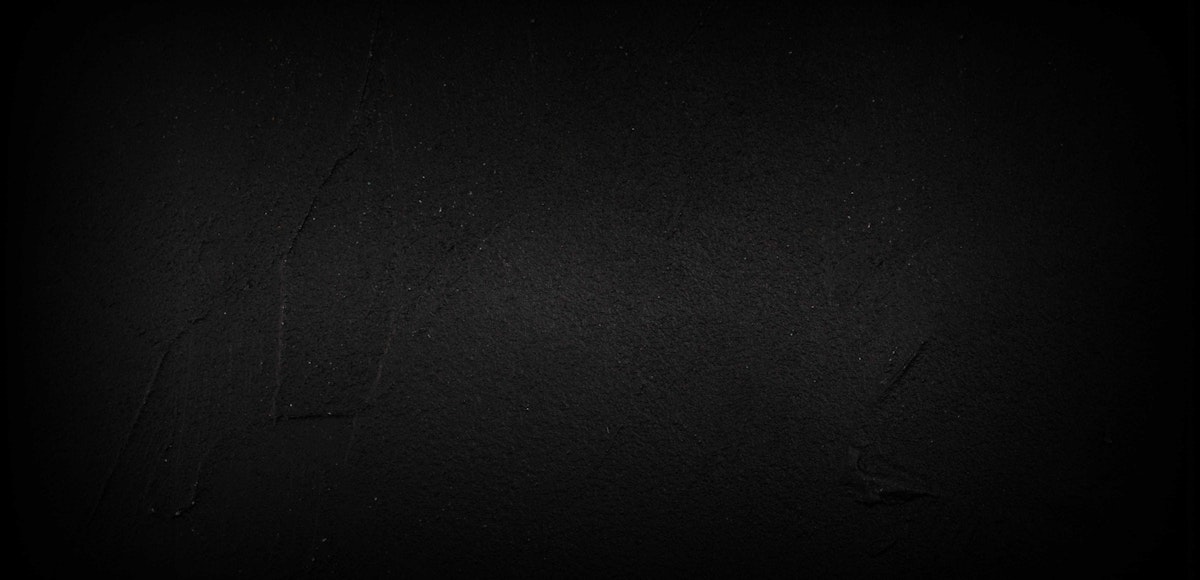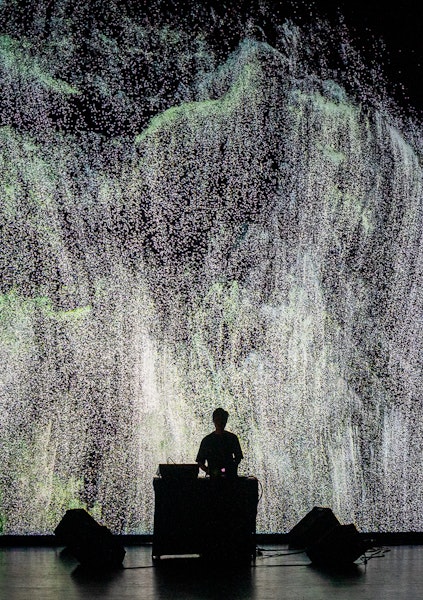Dieser Text existiert nicht auf Deutsch.
Ryoichi Kurokawa is a transformative and performing artist. For this Japanese artist whose work celebrates the meeting of art and science, reality is seen through the filter of digital technologies, which he uses to deliver visceral images and vertiginous emotions. In his complex work Kurokawa transforms analogical and fragmentary matter of reality while playing with the audience’s persistence of vision, visual memory or hallucinations made possible by the contiguous stream of digital effects colliding in a single stunning work.
With subassemblies, presented for this 2021 edition of Multiplica, Ryoichi Kurokawa offers a physically intense and graphically powerful audiovisual performance, with an environmental theme that will inevitably appeal to modern sensitivities.







